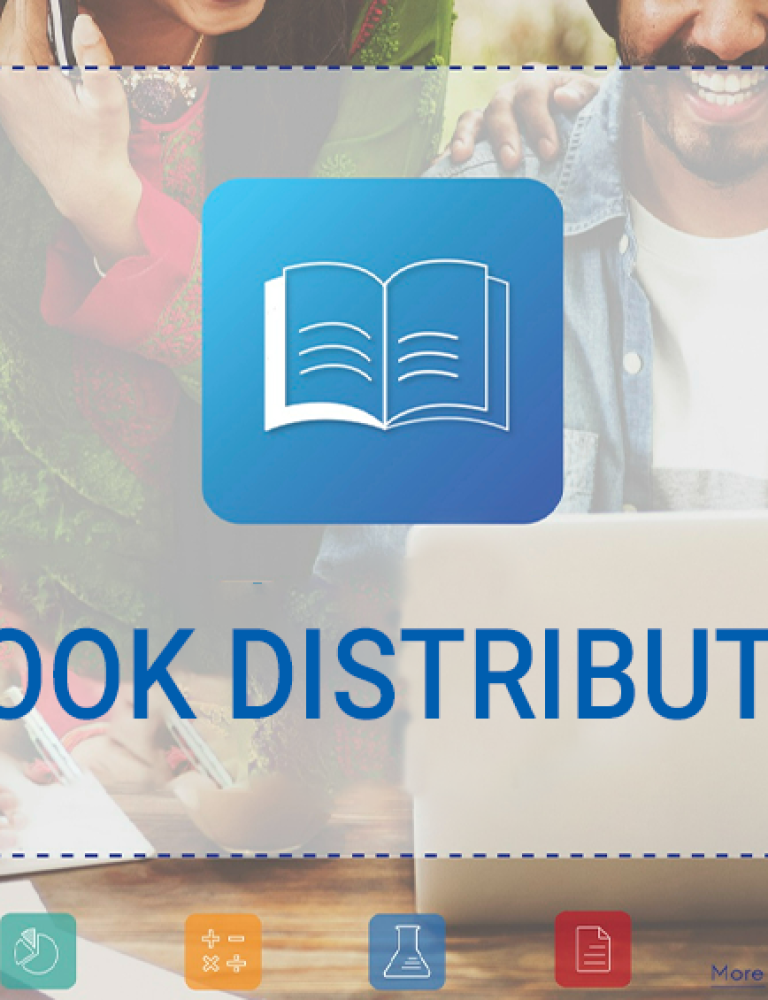In the context of higher education, the importance of educational technology leadership is immense. This is simply because strong leadership helps transform learning by creating a shared vision that all members of the educational community can relate to.
However, with the rapid changes happening in the higher education sector, the role of technology leaders is also changing at a fast pace. Educational technology leadership today is the key component in guiding the overall teaching-learning process and preparing students with relevant knowledge and skills.
In this post, we learn more about educational technology leadership and what role it plays in shaping modern pedagogy.
Table Of Contents
I. Understanding Educational Technology Leadership
II. Role of Educational Technology Leadership in Shaping Modern Pedagogy
- Articulating a Clear Technology Vision
- Planning for Optimal Use of Technology
- Offering Technological and Infrastructural Support
- Promoting Professional Development Focused On Technology Integration
- Collaborating and Communicating
- Balancing Ethics and Equity
III. To Conclude
Understanding Educational Technology Leadership
Educational technology (EdTech) is a specific stream of technology that involves the use of digital tools and other technological resources to enhance teaching and learning in different settings and contexts.
In the higher education system specifically, an educational technology leader is an individual who consistently promotes the integration of technology to improve the overall learning outcomes of students.
Put simply, the technology leader here plays an integral role in technology integration. It also helps teachers create an ideal learning environment for students by effectively designing, implementing, evaluating, and improving various EdTech initiatives in their respective institutions.
Coupled with digital textbook platforms like KITABOO, strong educational technology leadership can facilitate better educational outcomes, help you create engaging and visually appealing content, and promote interactive learning experiences as well.
Role of Educational Technology Leadership in Shaping Modern Pedagogy
In this section, we will explore in detail the role of educational technology leadership and how it can redefine the modern pedagogical system in higher-ed institutes.
1. Articulating a Clear Technology Vision
Setting a clearly defined vision is one of the key roles of a technology leader in an educational setup. The process involves defining a clear mission statement that shows various strategies that will bring about the achievement of predetermined technology goals.
Another important aspect of vision-making by technology leaders involves developing their visions on technology use, followed by merging them with the visions of their respective staff.
Once done, the vision needs to be clearly communicated to staff members to give direction and guidance for technology integration to succeed in higher education institutes.
2. Planning for Optimal Use of Technology
Another key role of educational technology leaders is to list down the various steps needed to be taken to achieve the technology vision. The process of planning starts with outlining the measurable and achievable goals, indicating individual roles for key actors, and clearly describing functional needs and resources.
For instance, the technology leader in a higher education system finds different ways of purchasing technology equipment, hires technicians to maintain this equipment, and makes sure to foster a supportive environment for overall technology integration.
3. Offering Technological and Infrastructural Support
An educational technology leader also provides adequate support for technology use in the institute. This involves everything from hiring technical support staff to assist teachers in the classrooms, hardware maintenance and upgradation, and offering required financial support.
Technology leadership in higher education institutes is also required to provide teachers with adequate resources, appropriate technology facilities, and support with assistance as and when needed.
4. Promoting Professional Development Focused On Technology Integration
Educational technology leaders also play a key role in providing opportunities for teachers in higher education institutes to use various technology tools to track student achievement and attainment of their respective learning goals.
There are several ways they can do this, for instance, by organizing school-level meetings or planning dedicated training programs for demonstration of these technology tools.
Alternatively, educational institutes can also use the teacher-to-teacher model for a clear and transparent demonstration of these tools. Apart from this, they can also offer deeper insights into how various innovative technology tools can be used to report student progress to parents.
5. Collaborating and Communicating
Educational technology leadership in the higher education system also needs to cooperate and communicate with various stakeholders. This involves students, teachers, administrators, parents, and other partners to ensure both the success and sustainability of their EdTech initiatives.
Apart from this, they need to foster a culture of communication and collaboration among their teams and networks. They also need to use appropriate tools and platforms to facilitate information coordination, sharing, and feedback.
Further, it is important for individuals to listen to and understand the perspectives and needs of different stakeholders. It is also vital to negotiate and resolve conflicts and issues.
6. Balancing Ethics and Equity
Another area where the EdTech leaders play an important role in shaping the pedagogy is balancing ethical principles and equitable practices in their EdTech work.
This includes everything from respecting the rights, privacy, and diversity of both learners and educators. Additionally, they also need to ensure that the technological solutions they offer are fully accessible, inclusive, and responsive to the specific needs and preferences of different learners and educators.
Further, technology leaders in the education space also need to continuously update and enhance their skill sets and competencies in the field, as well as ensure support for the professional development of their employees, staff, and colleagues.
To Conclude
Strong educational technology leadership can play a key role in the adoption, implementation, and updation of the latest trends in the higher education system, leading to better learning and pedagogical outcomes.
The need for technology leaders in the EdTech sector today is to ensure keeping track of all the latest tech trends and implement them in their administration to create immersive experiences and interactive learning for the students.
If you are looking to integrate the latest technological resources and elements into the existing educational content to make the most out of your leadership and make learning more engaging and enjoyable, contact the professionals at KITABOO, a digital textbook platform today.
To know more about our products and services, write to us at KITABOO@hurix.com.
Discover How An Ebook Conversion, Publishing & Distribution Platform Can Help You
Kitaboo is a cloud-based content platform to create-publish & securely distribute interactive mobile-ready ebooks.
You May Also Like









